Archives
- 2025-12
- 2025-11
- 2025-10
- 2025-09
- 2025-03
- 2025-02
- 2025-01
- 2024-12
- 2024-11
- 2024-10
- 2024-09
- 2024-08
- 2024-07
- 2024-06
- 2024-05
- 2024-04
- 2024-03
- 2024-02
- 2024-01
- 2023-12
- 2023-11
- 2023-10
- 2023-09
- 2023-08
- 2023-06
- 2023-05
- 2023-04
- 2023-03
- 2023-02
- 2023-01
- 2022-12
- 2022-11
- 2022-10
- 2022-09
- 2022-08
- 2022-07
- 2022-06
- 2022-05
- 2022-04
- 2022-03
- 2022-02
- 2022-01
- 2021-12
- 2021-11
- 2021-10
- 2021-09
- 2021-08
- 2021-07
- 2021-06
- 2021-05
- 2021-04
- 2021-03
- 2021-02
- 2021-01
- 2020-12
- 2020-11
- 2020-10
- 2020-09
- 2020-08
- 2020-07
- 2020-06
- 2020-05
- 2020-04
- 2020-03
- 2020-02
- 2020-01
- 2019-12
- 2019-11
- 2019-10
- 2019-09
- 2019-08
- 2018-07
-
br Cysteine proteases as molecular
2021-08-10
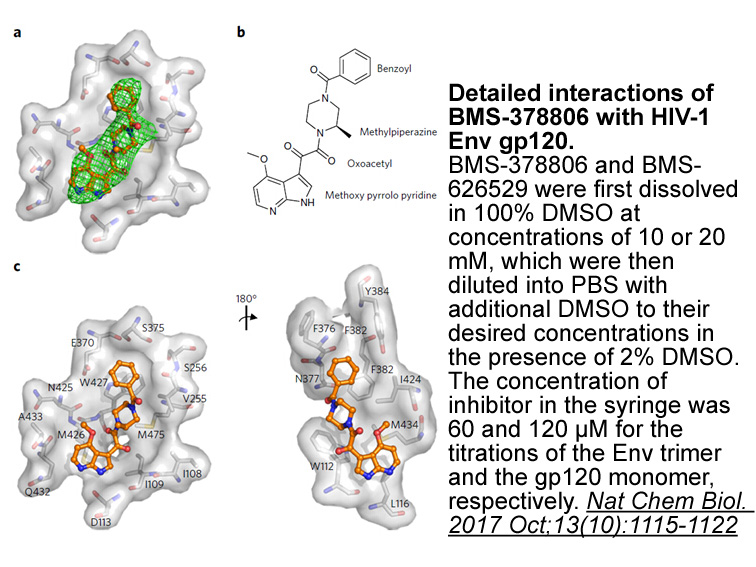
Cysteine proteases as molecular targets for trypanosomatid diseases Approaches relying on a molecular target, such as SBDD and target-based screening, have supported outstanding scientific developments in current pharmaceutical R&D. By integrating experimental and computational methods, these str
-
In the present study we
2021-08-10
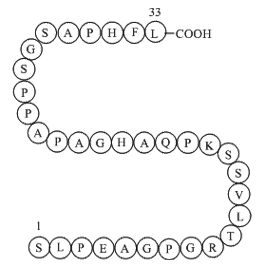
In the present study, we used a new luminescent method to measure CYP activity with Luciferin-ME as a substrate which is used for wide ranges of mammalian CYPs, including CYP1A2, CYP2C8, CYP2C9, CYP2J2, CYP4A11, and CYP4F3B. As a result, no significant modulations of CYP activities in B[a]P exposure
-
The large body of structural knowledge that
2021-08-10
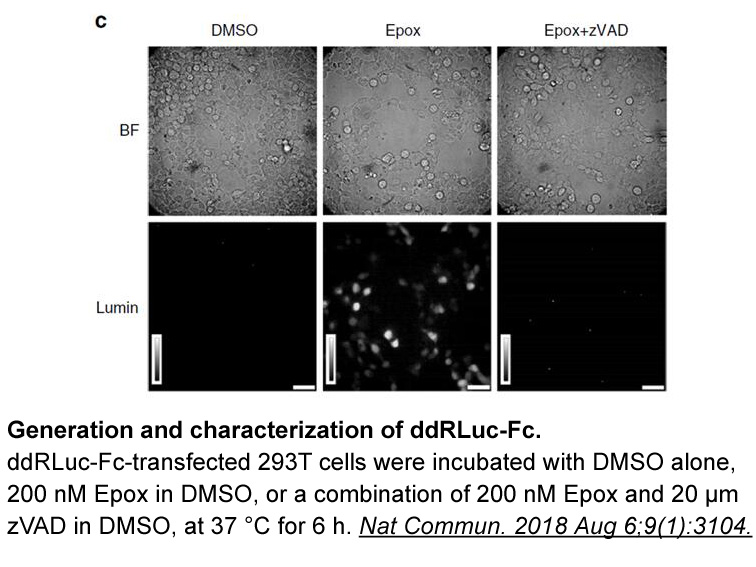
The large body of structural knowledge that is currently available for CRM1 has contributed to atomic level and mechanistic understanding of many steps in the CRM1 nuclear export cycle. However, structural analysis could still inform on several outstanding questions and guide future discoveries pert
-
To date the role of CRF and CRF neurons within
2021-08-10
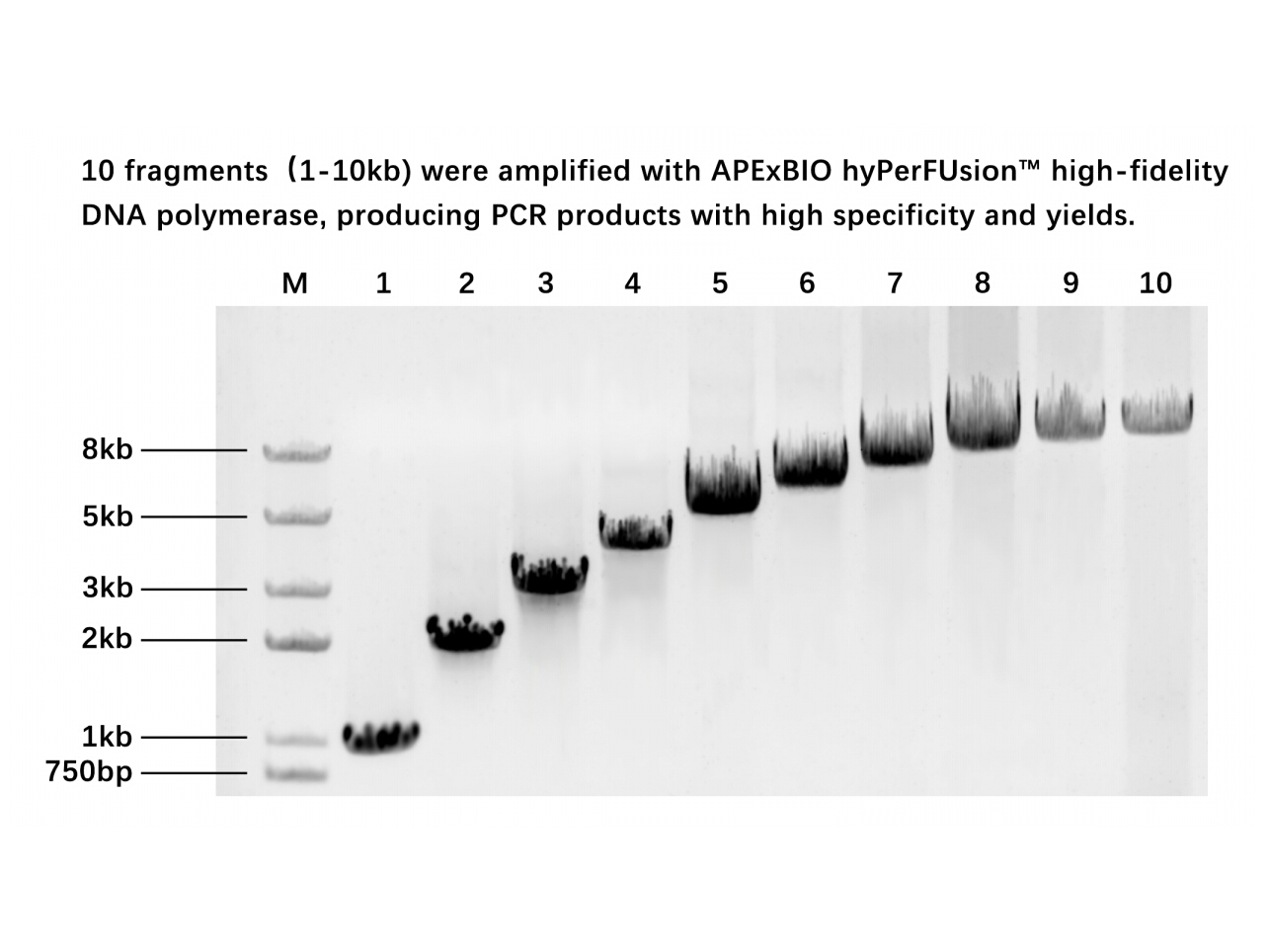
To date, the role of CRF and CRF1+ neurons within the amygdala in the expression of anxiety-like behavior and conditioned fear, and the place where these cell populations fit into the fear-related microcircuitry already identified in the CeA, have not been fully characterized. Recent evidence suppor
-
Assessment of the activity of
2021-08-10
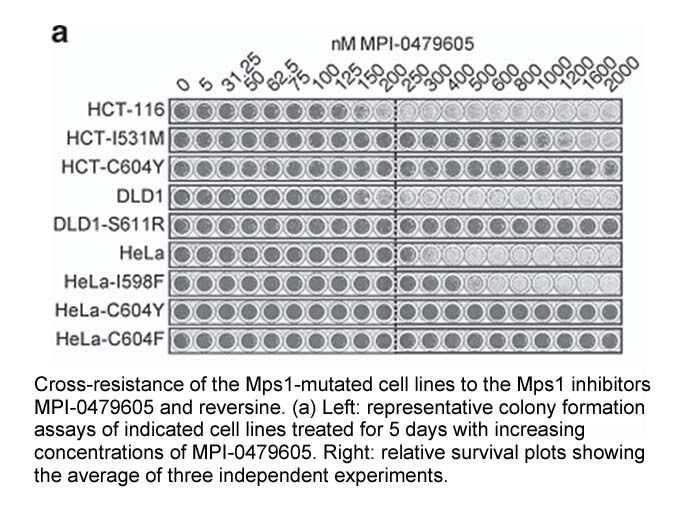
Assessment of the activity of native and denatured TAT-CPG2 after penetration suggests that TAT-CPG2 has been successfully delivered into the cells, and the transduced enzyme is functional inside the cells. The enzyme activity of both native and denatured TAT-fusion proteins in the cultured HepG2 Li
-
It would be very useful if
2021-08-10
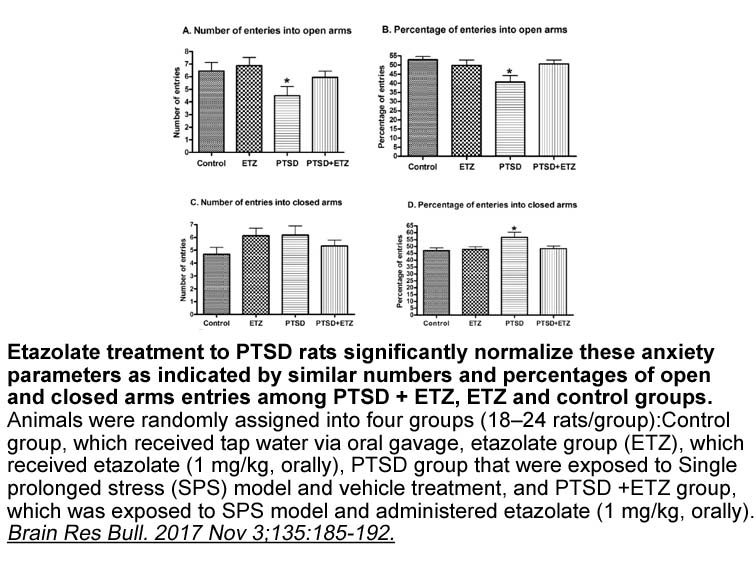
It would be very useful if unphosphorylated CK1s could be prepared using an E. coli expression system without the troublesome in vitro phosphatase treatment. So far, it has been shown that coexpressed λPPase, a Mn2+-dependent protein phosphatase that can dephosphorylate phospho-Ser/Thr/Tyr [20,21],
-
br ANTITHROMBOTIC TREATMENTS br VOLUME OUTCOME RELATIONSHIP
2021-08-10
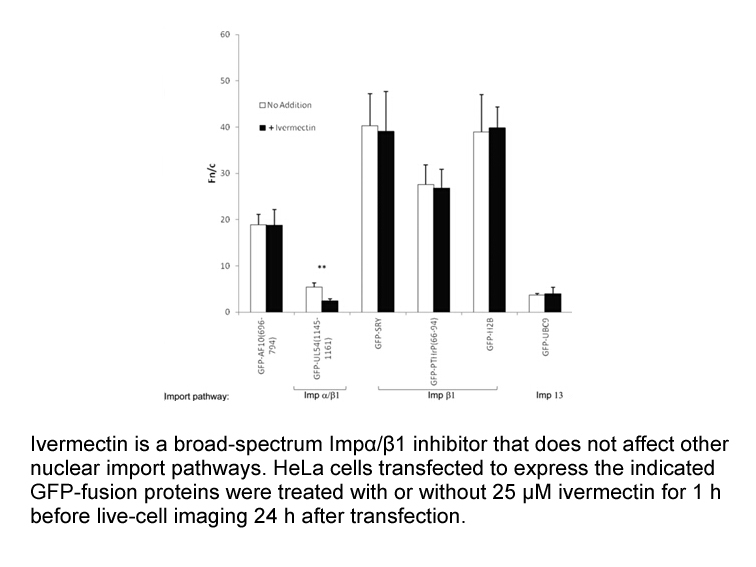
ANTITHROMBOTIC TREATMENTS VOLUME-OUTCOME RELATIONSHIP FOR REVASCULARIZATION PROCEDURES The guidelines also maintain the recommendations for training in PCI, both for ACS (≥ 75 procedures per operator in centers with at least 400 PCI procedures per year and a 24-hour on-call service) and for st
-
The preceding results show no association between the
2021-08-10
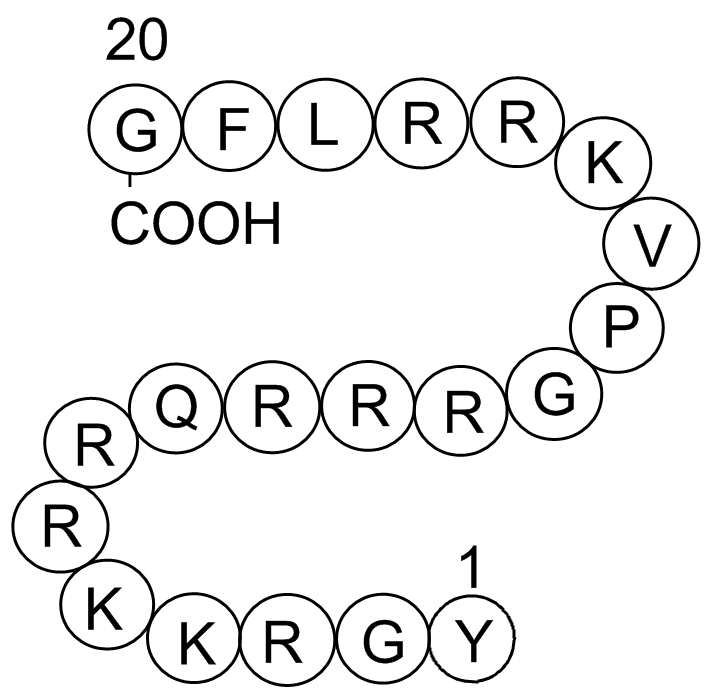
The preceding results show no association between the EP1 gene polymorphisms and suicide completers in the Japanese population. Impulsive aggression is one of the most important risk factors for suicide especially in the younger generation (Brent et al., 2002, Melhem et al., 2007). EP1 knockout mice
-
The acid base properties of the IL are important
2021-08-10
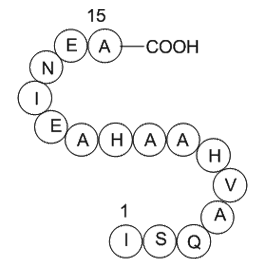
3. The acid-base properties of the IL are important issues to consider because protonation changes caused by Brønsted-acidic or basic ions may result in enzyme deactivation [29]. Thereby, the acid-base properties of the newly designed IL need proper control for enzymes by selection of appropriate ca
-
E7046 br Acknowledgements br Introduction Lung cancer treatm
2021-08-09

Acknowledgements Introduction Lung cancer treatment strategies, especially molecular targeted therapy, have progressed rapidly. However, most established treatments are for adenocarcinoma of the lung, not for squamous cell carcinoma (SQCC). SQCC constitutes approximately 30% of lung cancers, w
-
A summary of the drug CDK
2021-08-09
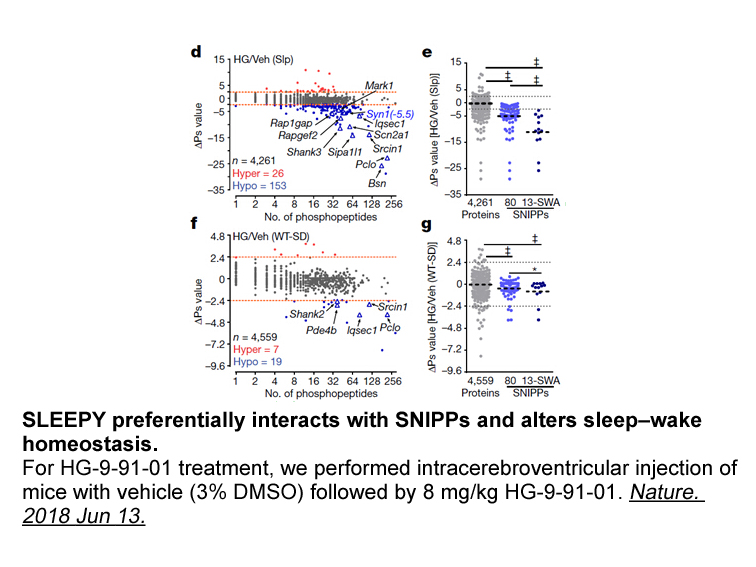
A summary of the drug-CDK2/6/9 hydrophobic (Φ), hydrogen-bonding (H), and polar-bonding (P) interactions based upon the KLIFS residue numbers is provided in Table 5. The KLIFS system gives comparable residues from different kd025 sale the same value [77], which facilitates comparisons among differe
-
Under optimized assay conditions very low concentrations pM
2021-08-09
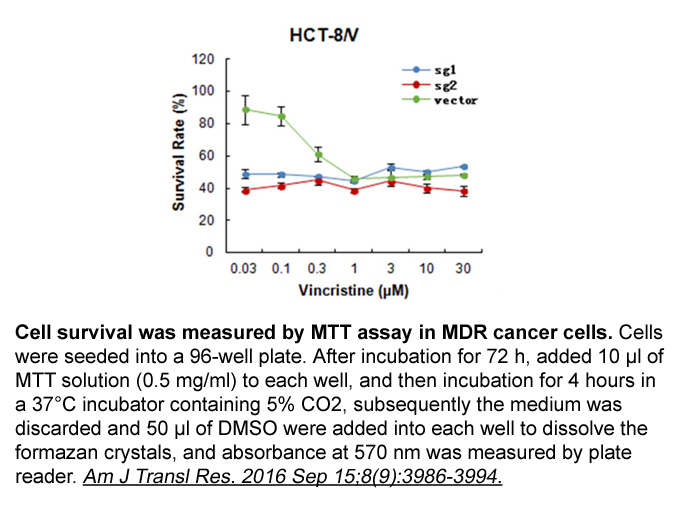
Under optimized assay conditions, very low concentrations (20pM) of [125I]YP20 bound to hCRF1-CHO Cathepsin K Activity Fluorometric Assay Kit membranes with high specificity (>95% inhibited by 1μM astressin) and in a membrane protein-dependent manner. Specific binding was selective vs. the hCRF2α s
-
br Discussion Previous studies have reported
2021-08-06

Discussion Previous studies have reported conflicting association results between the functional variant DBH −1021C>T and PD [8], [9]. Our findings would suggest that DBH −1021C>T does not dramatically decrease the risk of disease although it may marginally affect symptomatic AAO. However, whethe
-
Our data also showed that
2021-08-06
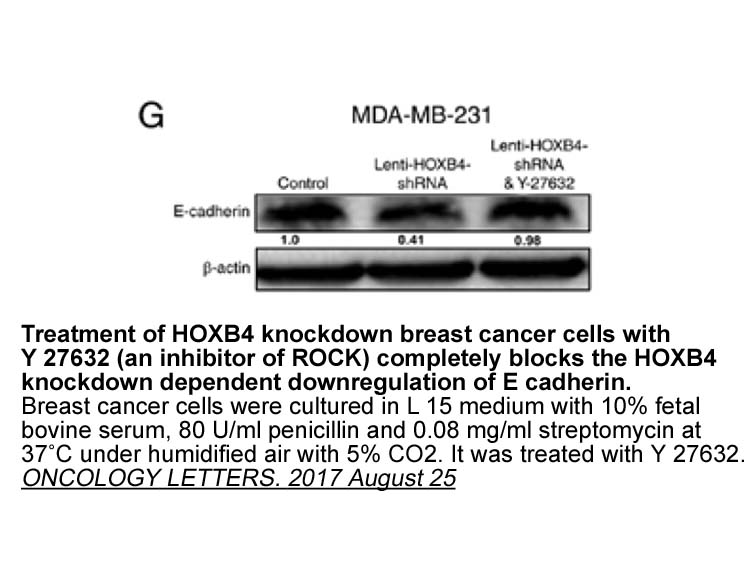
Our data also showed that D2 dopamine receptor was down-regulated in the hippocampus, NAc and striatum of F1-MEP animals, which was only significant in the hippocampus. Both agonists and antagonists of D2 dopamine receptor are able to decrease heroin self-administration (Hemby et al., 1996; Rowlett
-
br Future directions The proposed membrane topology model
2021-08-06
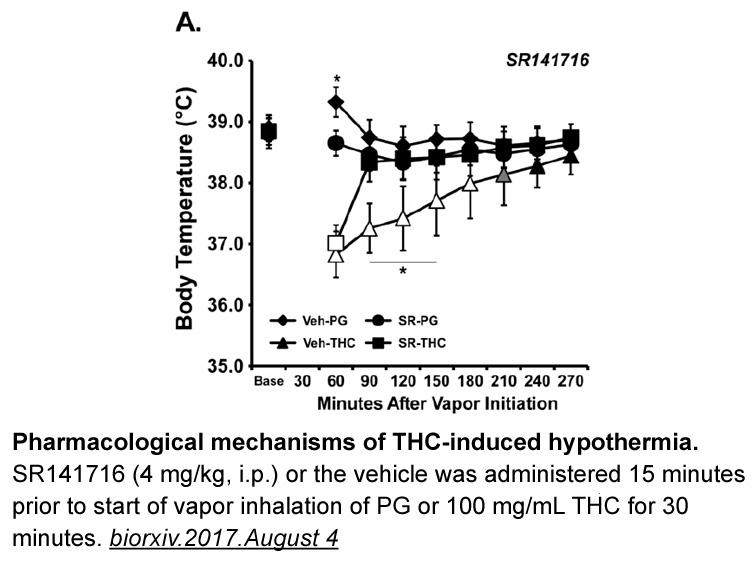
Future directions The proposed membrane topology model of DGAT1 has only three TMDs, with the N-terminus oriented toward the cytosol and the C-terminus in the ER lumen. The catalytic activity is exclusively on the luminal side of the ER membrane. The second and third TM domains are only about 10
14438 records 594/963 page Previous Next First page 上5页 591592593594595 下5页 Last page